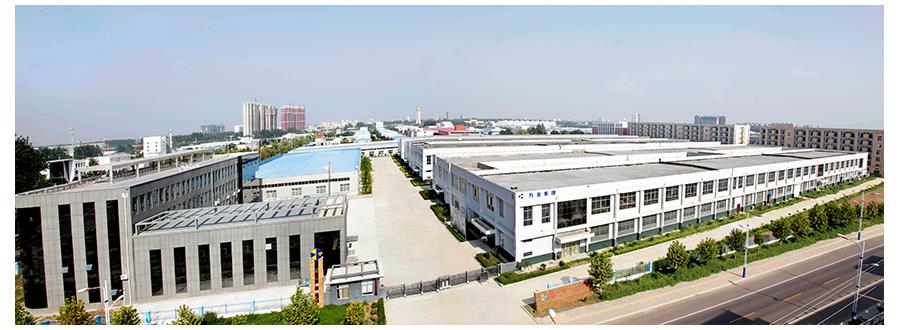Brief Introduction
At present, PDC bits are mainly used for drilling soft to medium hard homogeneous formations, and are not suitable for drilling into hard formations. However, the excellent performance of the PDC bit makes the drilling industry's expectations for PDC bit higher and higher. Therefore, in recent years, drilling workers at home and abroad have begun to focus on how to improve the PDC bit's adaptability to hard formations in order to broaden the range of PDC drill bit applicable to the formation. The PDC cutter is the basic cutting unit of the PDC bit, and its performance has a decisive influence on the drilling effect of the PDC bit.
To make a PDC bit suitable for drilling into a hard formation, it is first necessary to have cutting teeth that can effectively cut hard formations. Therefore, improving the adaptability of PDC cutters to hard formations and developing new types of cutters with better performance have become the goals of researchers at home and abroad. 1 PDC bit cutting tooth failure mechanism when drilling into hard formations The working life of PDC cutters depends on the wear of the tungsten carbide substrate and the PDC cutting edge. The polycrystalline diamond layer constitutes a hard, self-sharpened cutting edge to eat in and shear rock, and protects the tungsten carbide matrix from severe abrasion. At the same time, when the diamond cutting edge is subjected to tensile stress and shear stress during cutting, the tungsten carbide substrate is supported to absorb the impact load and avoid severe damage of the PDC layer. When drilling into a soft to medium hard weakly ground formation, the PDC cutter can effectively eat into the formation under less pressure, without causing a large impact load, and the temperature of the interface between the cutter and the formation is not It will be too high.
At this time, the cutting teeth are in an abrasive wear state and the wear rate is slow. The first wear is the lower hardness of cobalt metal, followed by tungsten carbide particles. The slowest wear is the polycrystalline diamond layer. Thus, a polycrystalline diamond flange is formed on the cutting surface to keep the cutting edge sharp, while a tungsten carbide substrate that wears slowly provides a good supporting effect to the diamond cutting edge. Therefore, the drilling speed is fast and the working life is long. When drilling into an abrasive hard formation, the cutting teeth need to take in and shear the rock with greater pressure and cutting forces, and produce higher temperatures and larger impact loads. Destructive forms such as residual stress, mechanical fatigue, impact fragmentation, and accelerated heat wear act at the same time, causing the diamond cutting edge to wear or chip quickly. Because the wear of the polycrystalline diamond layer and the tungsten carbide matrix affects each other, the wear rate of the tungsten carbide sharply increases and the wear area rapidly increases. Larger wear surfaces require greater bit pressure, resulting in higher contact pressures, friction temperatures, and impact loads, thereby accelerating the destruction of the diamond cutting edge. In this way, the cutting teeth quickly fail.
Therefore, to improve the effect of PDC bit drilling into hard formations, the cutting teeth should have the following characteristics: 1) good self-sharpening, so that the cutting edge remains sharp, can effectively eat into the rock under a small contact pressure; 2) Good tensile and shear resistance, low residual stress; 3) Good impact fracture toughness and temperature resistance, so that the cutting edge can withstand higher impact loads, the strength is affected by the temperature; 4) Tungsten carbide matrix must have Good impact toughness and higher wear resistance, the wear should match the wear of the diamond cutting edge; 5) The diamond volume is large enough to increase the overall life of the cutter.
Related Products










